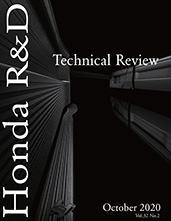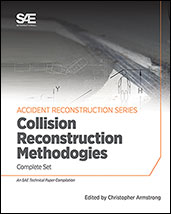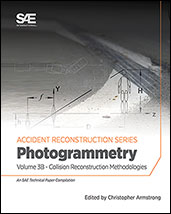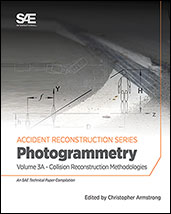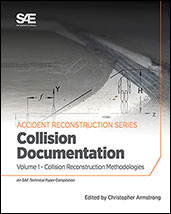Book

Doing the Hard Work: Insights from Women Leading the Commercial Vehicle Industry
2022-05-18
One of the best ways to encourage women to enter or continue in engineering is to hear about and see examples of other women in the field to whom they can relate. Joan Wills and Karen Ramsey-Idem bring together diverse, talented women across the commercial vehicle industry to share her unique experiences including the habits, motivations, triumphs, defeats, and lessons learned that helped each thrive in her leadership roles. These leaders represent three different generations across U.S., Europe, Africa and Asia. Doing the Hard Work provides insights that have relevance for women at all stages in their careers, whether its young women interested in pursuing a career in the auto industry, those looking for their next strategic move, or those seeking insight and inspiration. "An important contribution to the literature to encourage women to become engineers and continue careers in STEM." Maxine L. Savitz, Member and prior Vice Chair National Academy of Engineering





